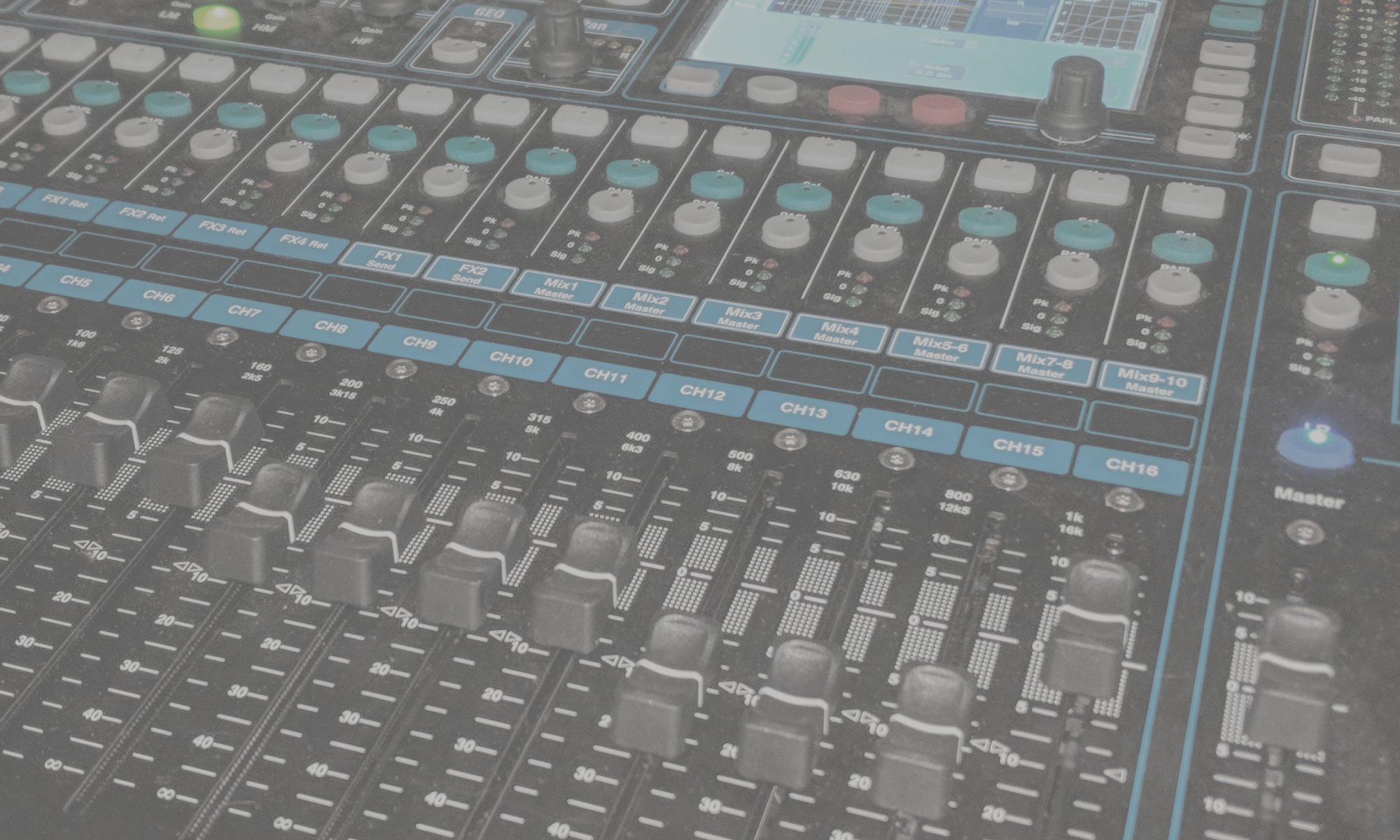I hope this not-as-short-as-I-intended reference helps you in your mixing adventures. It’s impossible to cover everything there is to know in such a short resource, but I tried to touch on as much as possible to give you the best starting point as possible for you to learn on your own. And that’s the most important thing: always keep learning.
There are always new and interesting ways of doing things, and while there are some you can find out by reading or watching YouTube videos, there’s so much more you can learn by experimenting. Try anything you can think of, and if it works, great! You have a new tool to use and share with the community. (A great example of this is the “Phil Collins” drum sound from the 1980s; this was an accident that led to one of the most iconic sounds of that era. You can read about it through the article in the references.) If it doesn’t work, you’ve still learned something, and it might even come in handy later. Just remember to never try something new in a performance setting; always experiment in rehearsals or with a recording.

